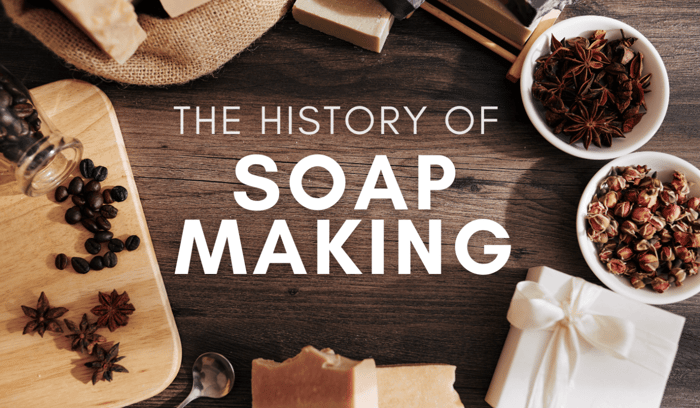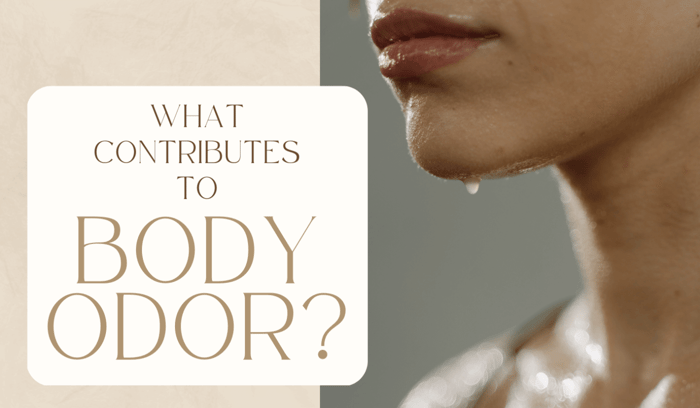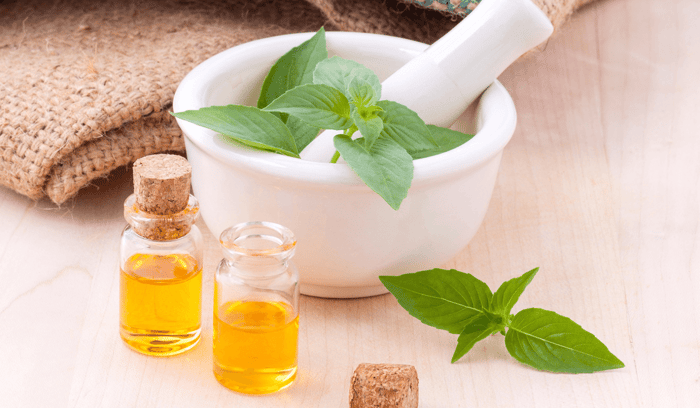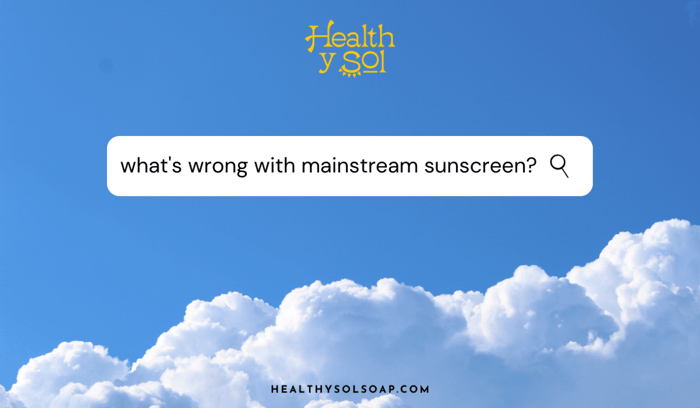Soap has been a part of human hygiene for thousands of years. Its history can be traced back to ancient civilizations, where people used various ingredients to clean and protect their skin. Let's dive in to the fascinating history of soap making.
Humble Beginnings
The first evidence of soap making can be found in ancient Babylonian writings, dating back to around 2800 BC. The Babylonians used a mixture of animal fats, wood ash, and laurel and olive oil to make soap. They used this soap for cleaning their bodies and clothes. This soap was called "Aleppo Soap" as it came from the city of Aleppo, Syria and is widely considered the first soap ever made.
 Aleppo Soap
Aleppo Soap
The ancient Egyptians also used soap. They made it by mixing animal and vegetable oils with alkaline salts. They used soap for cleaning their bodies, as well as for medicinal purposes.
The Greeks and Romans also used soap for hygiene purposes. The Greeks believed that a clean body was essential for a healthy mind, so they used soap made from olive oil and ash to clean their bodies. This type of soap with olive oil is the true definition of castile soap. The Romans used soap made from animal fat and ashes. They also added perfumes and other scents to the soap to make it more pleasant to use.
Etymology
It is commonly believed soap got its name from Mount Sapo, a mountain in ancient Rome where animal sacrifices occurred. The fats from the animals mixed with ash as they burned, leaving a sudsy residue to trickle down the mountain when it rained, eventually mixing with clay and forming a soap-like substance.
Some believe Mount Sapo is a myth, as the etymology of the word soap can be traced back to a Gaulish word "sapo" and a Germanic word "saipa" which both cognate to the Latin word "sebum" meaning fat or tallow.
Soap as Craft
By the 7th century, soap making became a skilled craft and art in places like France, Spain, and Italy. These countries specifically thrived in soap-making due to their abundance of oils for soap, especially olive oil. Soap makers used vegetable and animal fats, as well as ashes and lye, to make soap. However, the soap was not widely used by the general population due to its high cost.
The English began making soap during the 12th century; Americans did not have commercial soap making until the 17th century, as they would make it themselves at home previously.
During the 17th century in Europe, bathing came increasingly popular, but mostly by the wealthy. Even though soap had been around for centuries, it was heavily taxed until the 19th century. Once the tax was removed, soap was more easily available to the population in Europe and hygiene standards improved.
Soap as Industry
In 1791, a process of making soda ash from salt was invented by French chemist Nicolaus Leblanc. Soda ash is created by combining sodium with ash to create what we know call lye, or sodium hydroxide. When soda ash is mixed with fats, it forms soap.
Due to the invention of soda ash and advancement in the powering of factories, in the 18th and 19th centuries, soap making became a more industrialized process. Soap makers began using steam-powered machines to make soap in large quantities. They also began using new ingredients, such as coconut oil and palm oil, which made soap cheaper and more widely available.
World War I- When Soap Was Lost
The process of making soap with lye and fat remained the same for a while, until the World War I. During both World War I and II, shortages of the oils needed for soap began. Chemists scrambled to find new ways to make soap without lye or fats, leading to what is now known as detergents.
Although detergents are much harsher on the skin, they are still commonly used in many bath and household products because they are inexpensive to make. While we usually still refer to these products as soap, it is important consumers understand the difference for the safety of their health.
Detergent products are often marketed as soap, but are not legally allowed to call these products soap on the packaging. So if you see a product labeled something like "body wash," "body bar," or "shower gel," steer clear!
Health y Sol
You can be happy about using a soap like the olden days- pure, organic ingredients with nourishing animal and plant fats which deeply hydrate the skin without the use of harmful ingredients like sulfates, preservatives, artificial fragrances or dyes.
Health y Sol Tallow Soap is made with regenerative, grass-fed beef tallow, organic coconut and olive oil, food-grade lye, and organic essential oils. When it comes to soap making, it's the original way- and the best way!
Grass Fed Tallow Bar Soap
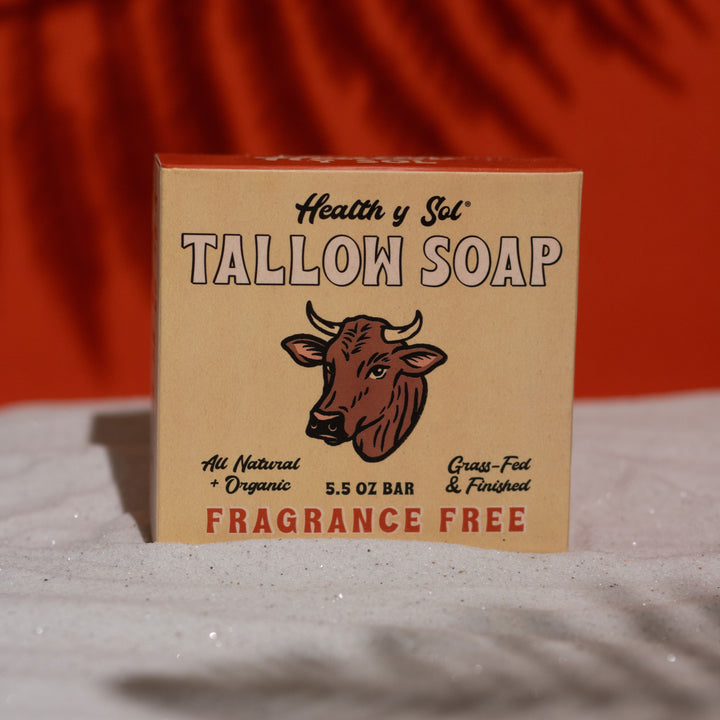
$12.00
This is a fine dining experience for your skin. Embrace the simplicity of an age-old ingredient known for its remarkable benefits and savor the beauty of your skin's true potential. Nature holds all of the ingredients we need to feel… read more

